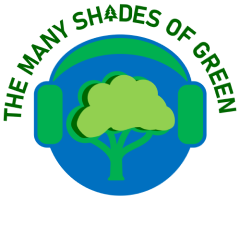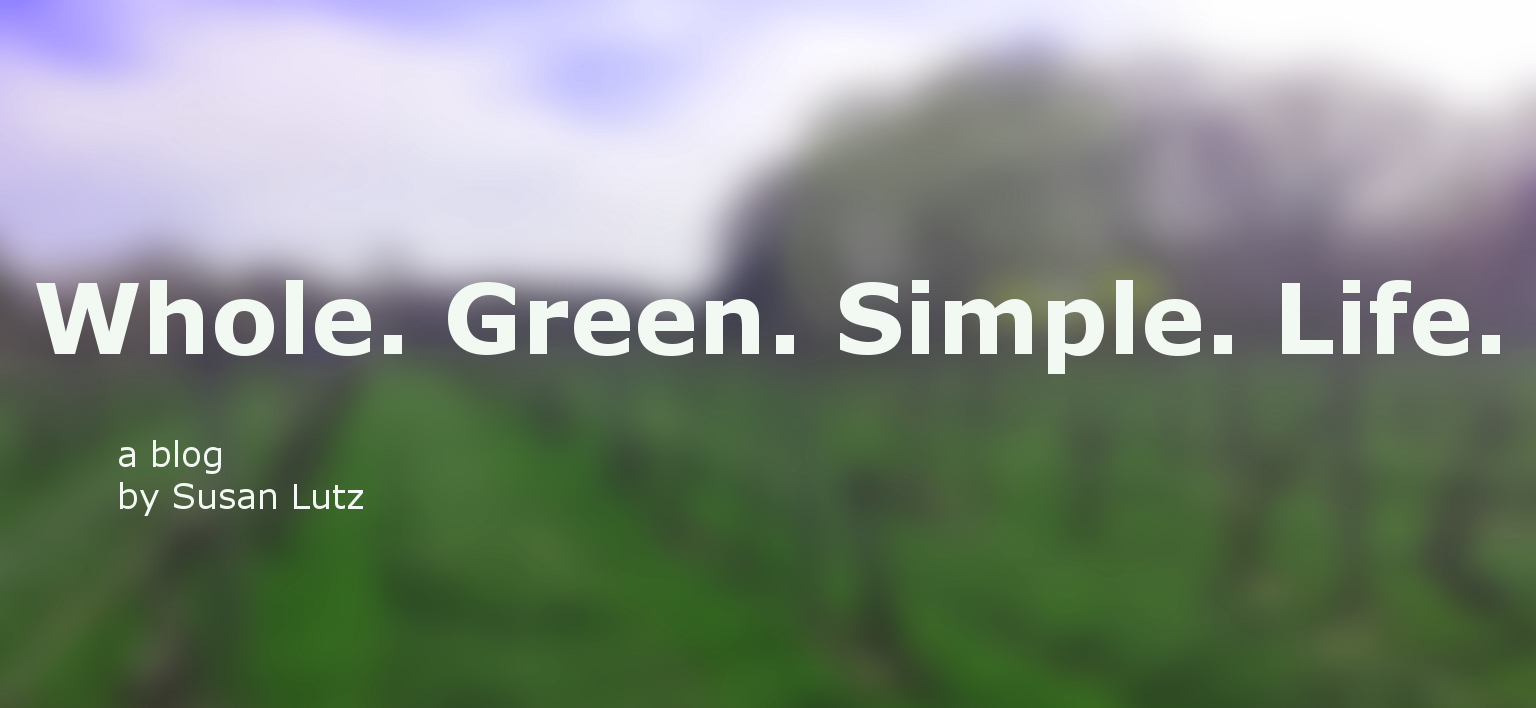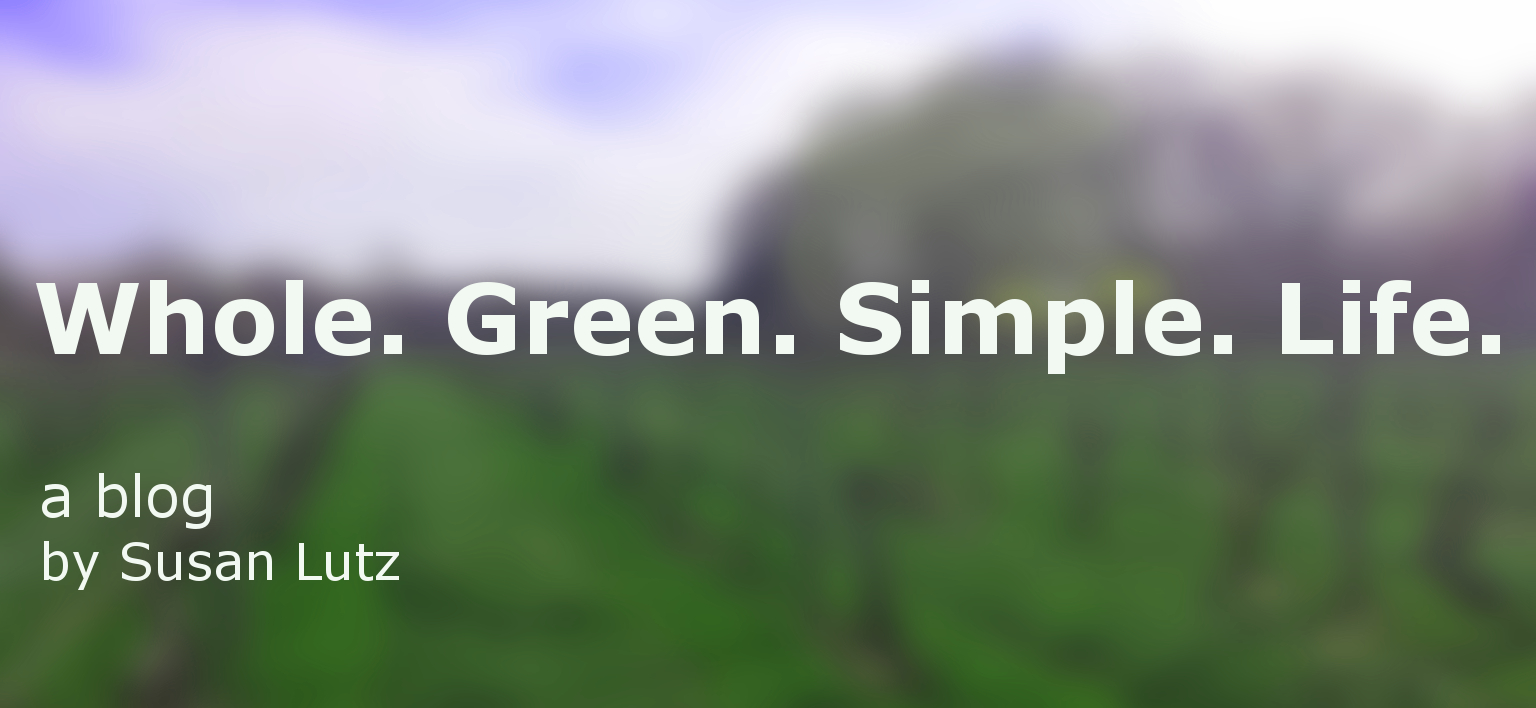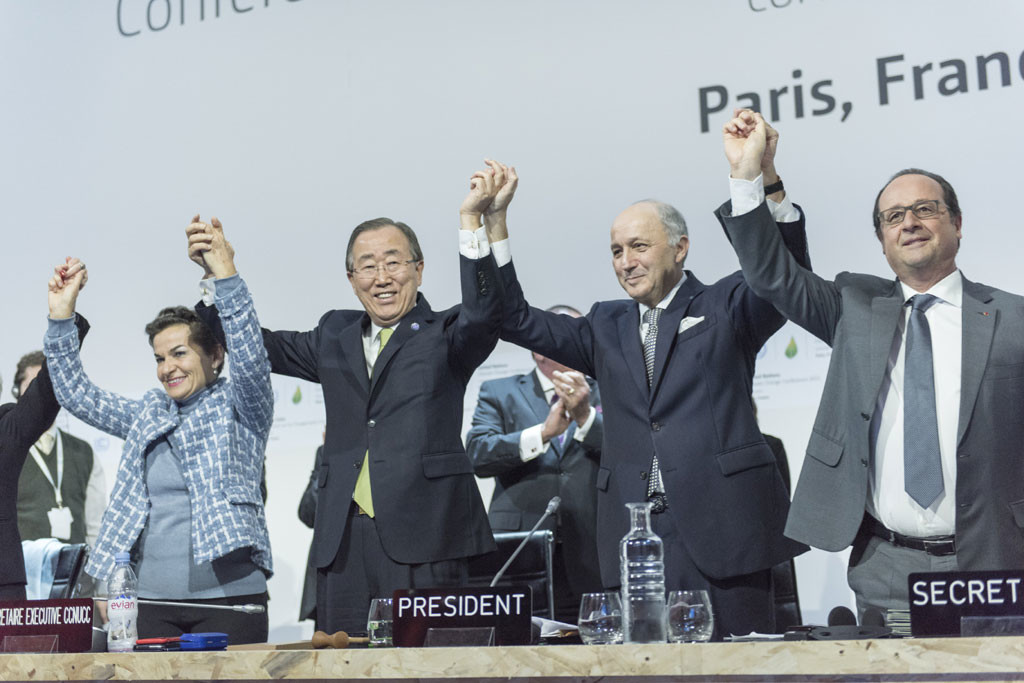By Susan Lutz
A growing problem in the United Kingdom, and worldwide, is what is called fly-tipping. The intriguing name drew me into the video. Clip after clip showed cars pulling up to spots around the U.K. and dumping their trash, couches, plastic roofing, recycling, and one group of people even dumped dead sheep. All the mess, stink, and trouble left for someone else to clean up. After seeing the video, I felt I’d tipped, as if it was one too many videos about terrible things we’re doing.
I want to care about all our troubles. The disturbing election in the U.S., the terrorist attacks, the rape victims, the dolphins slaughtered and captured, the sharks butchered for their fins, the children taken from their families. After so much, I feel numb, no longer seeing, or feeling, the pain. I only look, a voyeur just scrolling by.
The heavy load of the constant barrage of information weighs me down. Though, it’s not visible on the outside, on the inside, I think my soul is suffering from so much “much.” The fact that people are dumping trash on other people’s property and country roads and national lands enrages me. I want to scream, donate money, judge, yet, where do I go with that anger? I find myself lost. I feel the whole grow bigger.
I remember those campaigns against littering in the 70s. The roads were dotted with trash, cigarette butts, everything we could toss out a car window or discard while walking. Then, we rallied, we educated, we recycled, and now we find we’re fly-tipping? Letting others take care of our problems passes the buck to no end. There might not be a difference in fly-tipping and creating little plastic coffee cups by the billions to pollute the land for a one-time thrill. The consciousness behind all these acts is meant to quickly satisfy and satiate- to not take responsibility for our choices.
When I lived in Central America, I often heard tourists or expats talking to each other about the shameful way the citizens polluted their lands. Yet, everyday I saw hard working men and women sweeping the streets, earning probably less than $400 a month trying to change things, keeping the land clean. I saw things change. I see them change here too. Then, I see on-line what seems to be this unearthing of non-stop hideous behavior of people hurting each other and the environment. I needed to ask: why keep looking? Is it ever going to change?
I look because in the mess of our humanity, I see warriors of peace, love, kindness, and smarts, all trying to make the world a better place. Just recently, I read France will be banning plastic cutlery, “to promote a ‘circular economy’ of waste disposal, ‘from product design to recycling…’” A rescue organization in India finds desperate animals in dire condition in the street. In a few moments, I can see a transformation from near death to salvation – this with the power of social media.
There’s good out there, a lot. There’s bad too. Staring at it, looking for too long takes away the time we have in front of us to take responsibility for the little and big issues we all face. By keeping our heads tucked deep into our phones and feeds and likes, we miss the opportunity to create a connection standing, sitting, flying, flapping, or wagging right in front of us. I’m the first to raise my hand and say I am guilty of too much. I’ve even wondered if the beeper wasn’t such a bad idea. The number came up, we had time to look, find a quarter, a phone….all that time….all that time to think about what we were doing.


 Commodities inherently demand we get along on a global scale. We can’t drink, eat, and wear things when we have no idea where they came from. We can’t ignore the people planting and picking the crop. A simple map quickly shows who wants the coffee and who grows it.
Commodities inherently demand we get along on a global scale. We can’t drink, eat, and wear things when we have no idea where they came from. We can’t ignore the people planting and picking the crop. A simple map quickly shows who wants the coffee and who grows it.
